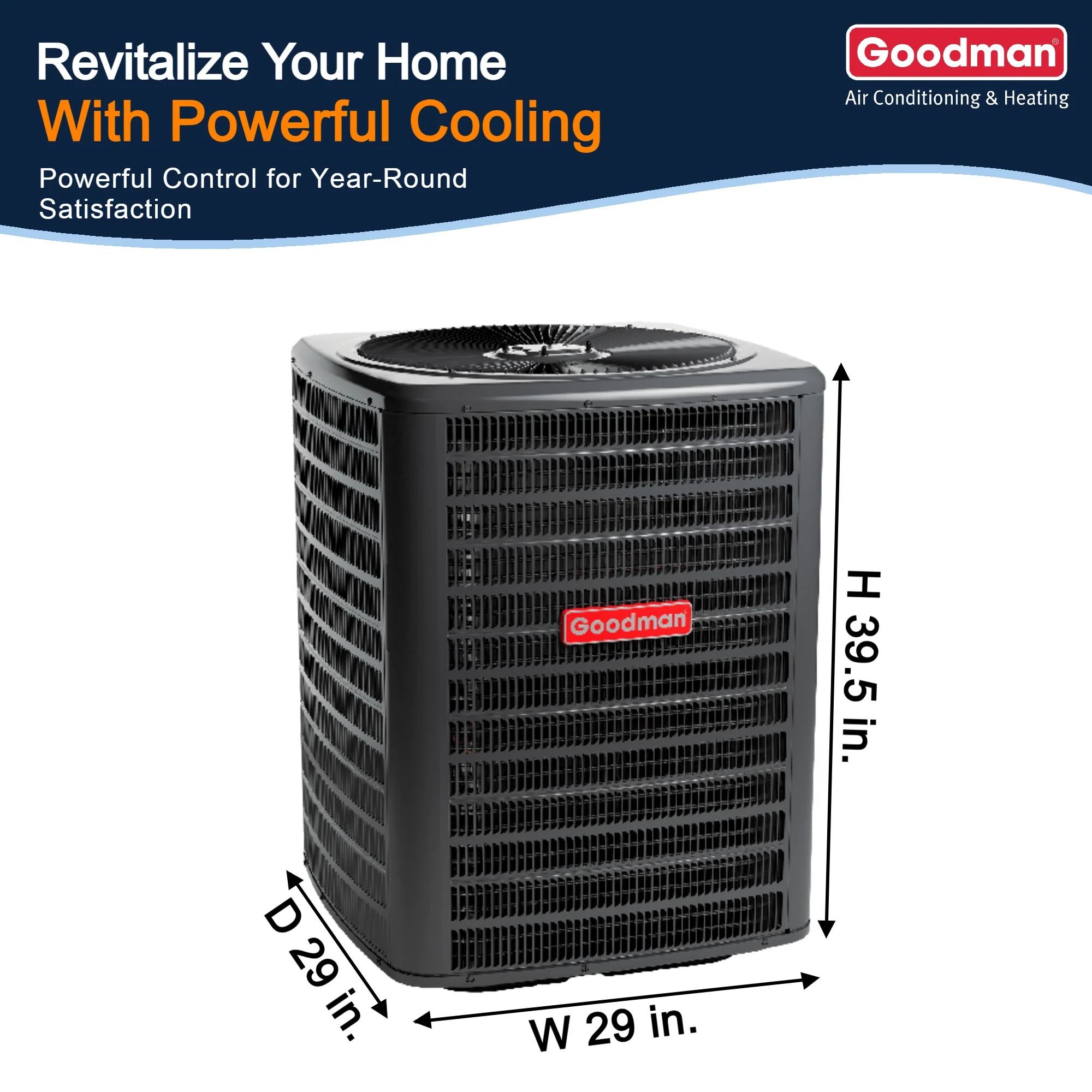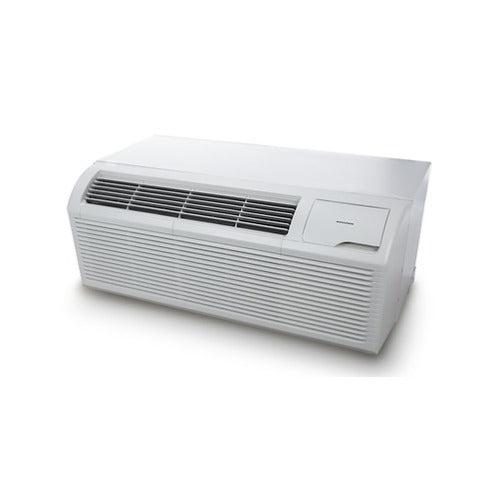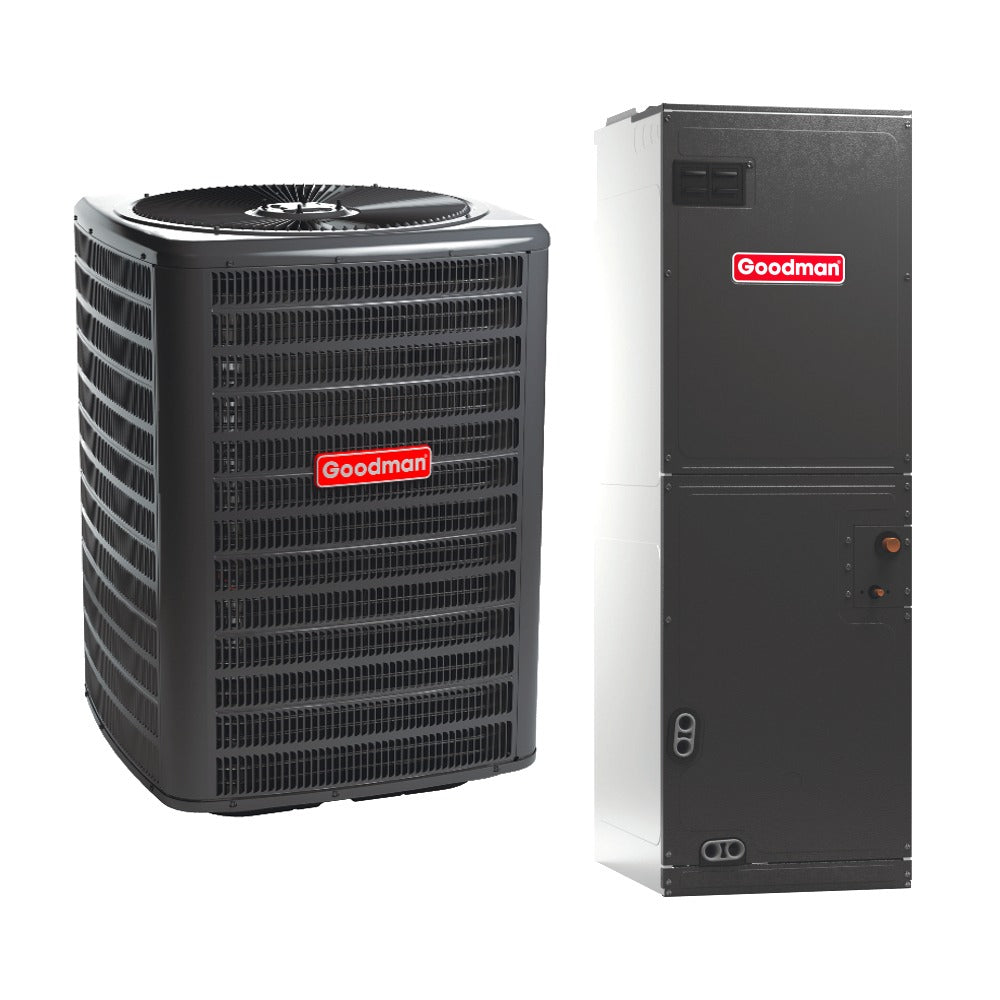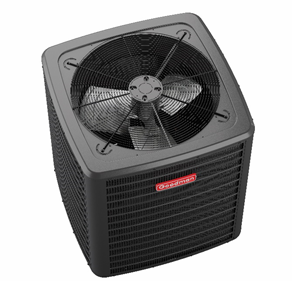Troubleshooting Common Issues in 5-Ton R-32 AC and Gas Furnace Systems
Maintaining a 5-ton air conditioning (AC) system that utilizes R-32 refrigerant alongside a gas furnace is essential for ensuring optimal performance, energy efficiency, and longevity. Understanding common issues that may arise and knowing how to troubleshoot them can save time and reduce costs. This comprehensive guide delves into prevalent problems associated with these systems, provides step-by-step troubleshooting methods, and highlights when to seek professional assistance. Additionally, we'll discuss key concepts such as British Thermal Units (BTUs), Seasonal Energy Efficiency Ratio 2 (SEER2), and the roles of the American Society of Heating, Refrigerating and Air-Conditioning Engineers (ASHRAE) and the Environmental Protection Agency (EPA) in regulating HVAC systems.
Understanding Key Concepts
Before diving into troubleshooting, it's crucial to grasp some fundamental terms:
-
British Thermal Unit (BTU): A BTU is a measure of heat energy. In the context of HVAC systems, it quantifies the amount of heat an AC unit can remove from a space per hour. For instance, a 5-ton AC system can remove approximately 60,000 BTUs per hour (1 ton equals 12,000 BTUs).
-
R-32 Refrigerant: R-32 is a hydrofluorocarbon (HFC) refrigerant known for its lower global warming potential (GWP) compared to predecessors like R-410A. It offers improved energy efficiency and is becoming a preferred choice in modern AC systems.
-
Seasonal Energy Efficiency Ratio 2 (SEER2): SEER2 is a metric that evaluates the cooling efficiency of an AC system over a typical cooling season. Higher SEER2 ratings indicate more energy-efficient units, leading to lower operating costs.
-
ASHRAE and EPA: ASHRAE is an organization that develops standards for HVAC systems, including safety classifications for refrigerants. The EPA regulates environmental policies, including the management of refrigerants to protect the ozone layer and reduce greenhouse gas emissions.
Common Issues and Troubleshooting
1. AC Not Cooling Properly
Symptoms:
-
The system runs, but the indoor temperature remains higher than the thermostat setting.
Potential Causes and Solutions:
-
Dirty Air Filters: Clogged filters restrict airflow, reducing cooling efficiency. Regularly inspect and replace air filters to ensure optimal performance.
-
Low Refrigerant Levels: Insufficient R-32 refrigerant can hinder the cooling process. If you suspect a leak or low refrigerant, contact an EPA-certified technician to assess and recharge the system, as handling refrigerants requires specialized training and certification.
-
Blocked Condenser Coils: Outdoor condenser coils can accumulate dirt and debris, impeding heat dissipation. Clean the area around the outdoor unit and gently wash the coils to enhance efficiency.
2. Furnace Not Heating Efficiently
Symptoms:
-
The furnace operates but fails to reach the desired indoor temperature.
Potential Causes and Solutions:
-
Clogged Burners: Dust and debris can obstruct burners, leading to incomplete combustion. Turn off the furnace and allow it to cool before cleaning the burners with a soft brush.
-
Faulty Ignitor: A malfunctioning ignitor can prevent the furnace from lighting. Test the ignitor for continuity using a multimeter and replace it if defective.
-
Dirty Air Filters: Similar to AC systems, furnaces rely on clean air filters for proper airflow. Replace filters regularly to maintain heating efficiency.
3. Short Cycling
Symptoms:
-
The AC or furnace turns on and off frequently without completing a full cycle.
Potential Causes and Solutions:
-
Oversized System: An HVAC system that's too large for the space can lead to short cycling. Consult with an HVAC professional to assess whether the system's capacity matches the home's requirements.
-
Thermostat Issues: Incorrect thermostat placement or malfunctions can cause erratic system behavior. Ensure the thermostat is located away from heat sources and functions correctly.
-
Refrigerant Problems: Both overcharged and undercharged systems can short cycle. An EPA-certified technician should check and adjust refrigerant levels as needed.
4. Unusual Noises
Symptoms:
-
Banging, rattling, or squealing sounds during operation.
Potential Causes and Solutions:
-
Loose Components: Vibrations can loosen internal parts. Turn off the system and inspect for any loose screws or panels, tightening them as necessary.
-
Worn Belts or Bearings: Squealing noises may indicate worn belts or motor bearings. Lubricate bearings and replace belts if they show signs of wear.
-
Debris in the System: Foreign objects can enter the ductwork or units, causing noise. Inspect and remove any debris found within the system.
5. System Not Turning On
Symptoms:
-
Neither the AC nor the furnace responds when the thermostat is set.
Potential Causes and Solutions:
-
Power Supply Issues: Check circuit breakers and fuses to ensure the system is receiving power. Reset any tripped breakers and replace blown fuses.
-
Thermostat Malfunctions: Dead batteries or faulty wiring can render the thermostat inoperative. Replace batteries and inspect wiring connections.
-
Safety Switches Engaged: Furnaces have safety switches that prevent operation if a door panel is ajar. Ensure all panels are securely closed.
Preventive Maintenance Tips
Regular maintenance can preempt many common issues:
-
Schedule Annual Inspections: Have a qualified HVAC technician inspect and service the system annually to ensure all components function correctly.
-
Clean and Replace Filters: Check air filters monthly and replace them at least every three months, or more frequently if needed.
-
Monitor System Performance: Be attentive to changes in system behavior, such as unusual noises, odors, or performance declines, and address them promptly.
-
Keep the Area Around Units Clear: Ensure that both indoor and outdoor units have adequate clearance from obstructions to facilitate proper airflow.
When to Call a Professional
While some troubleshooting steps are manageable for homeowners, certain situations necessitate professional intervention:
-
Refrigerant Handling: Due to EPA regulations, only certified technicians should handle refrigerants like R-32. Improper handling can be hazardous and environmentally damaging.
-
Electrical Issues: If you suspect electrical problems, such as faulty wiring or circuit board issues, contact a licensed electrician or HVAC technician.
-







